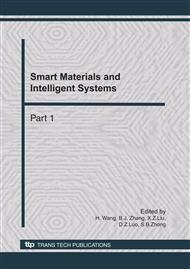p.62
p.67
p.72
p.77
p.81
p.90
p.95
p.100
p.106
Plan Model for Airway Network Based on Bilevel Programming
Abstract:
Airway network planning has important value to ensure safe and decrease the flight cost. Consideration to economic benefits of the airlines and social benefits of the civil management department, airway network bilevel programming model and the constraints in the demand, traffic capacity, controller’s workload and traffic flow balance is proposed on the combination of road network planning with industrial characteristics of airway network planning. Based on genetic algorithm, the steps of airway network planning model is given. Finally, the model is verified by the sample's computation and analysis.
Info:
Periodical:
Pages:
81-89
Citation:
Online since:
October 2010
Authors:
Price:
Сopyright:
© 2011 Trans Tech Publications Ltd. All Rights Reserved
Share:
Citation:


